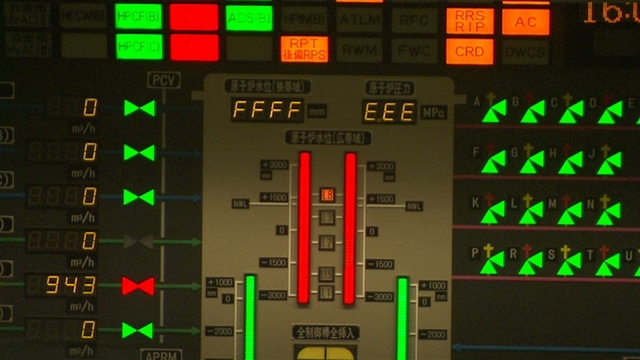The Fukushima Syndrome
 Japan has always been energy hungry and addicted to nuclear power. Yet the tsunami washed away old certainties and there's a growing, ground-level wave of anger about the way the nuclear industry operates.
Japan has always been energy hungry and addicted to nuclear power. Yet the tsunami washed away old certainties and there's a growing, ground-level wave of anger about the way the nuclear industry operates.
Across Japan local communities are fighting to stop the construction of power plants that threaten to disrupt their lives and destroy marine life. "The safety myth about nuclear power plants has been sunk deeply into people's hearts - but because of the accident, that lie has been exposed", says anti-nuclear filmmaker, Hitomi Kamanaka. Southwest of Tokyo lies Hamaoka, thought to be the world's most dangerous nuclear power station. This 40 year-old plant sits on top of a major active fault line, which is widely believed to be the focal point of a much anticipated magnitude 8 earthquake. "Our nuclear power station has an 87% likelihood of being hit by an earthquake", says Kanji Nishida, the plant's spokesman. Japan is the world's third largest consumer of electricity and many people still feel there's no choice but to accept nuclear power, including new leader, Yoshihiko Noda. The raging debate threatens to divide the population: "Japan's whole society is being divided into two. One believes the nuclear propaganda, the other doesn't want to be deceived anymore."
FULL SYNOPSIS

